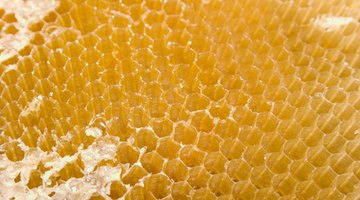The native name of the balsa tree translates into "buoy." Because of it's unique properties, balsa is popular with boat builders and model makers, as well as woodworking enthusiasts who are looking for light materials that can be easily crafted. Pound for pound, balsa may be the strongest wood in the world, even when compared to traditional hard woods, such as oak.
Cell structure

Balsa wood's distinct properties are directly related to a unique cell structure in the material. The trunk is defined by large pulp cells with thin cell walls. A good comparison for the cells is to imagine the trunk of the tree stuffed with billions of tiny balloons that are all glued together. The cells are originally full of water, but left empty after an extended drying process.
- Balsa wood's distinct properties are directly related to a unique cell structure in the material.
- The cells are originally full of water, but left empty after an extended drying process.
Buoyancy

Balsa is renowned for its ability to rest on top of water rather than sink into it. It is not the most buoyant wood available, but its other characteristics make it more suitable for certain construction projects rather than other lightweight woods. With its cell structure primarily filled with air, as much as 80% of the trunk core is empty space. This makes the wood lighter than water and gives it a lift when submerged.
- Balsa is renowned for its ability to rest on top of water rather than sink into it.
- It is not the most buoyant wood available, but its other characteristics make it more suitable for certain construction projects rather than other lightweight woods.
Pliability
Because of the amount of empty space within the cells of the tree, those cells are able to compress and stretch without binding or breaking. This makes balsa one of the most supple types of lumber available, and especially useful where the wood must be shaped to meet a particular need.
Strength
Despite the low weight and soft texture of balsa, it is one of the strongest wood types to be found. The cell's holes that are left by the drying process have a large surface that builds a sturdy support system for the exterior of the wood.
